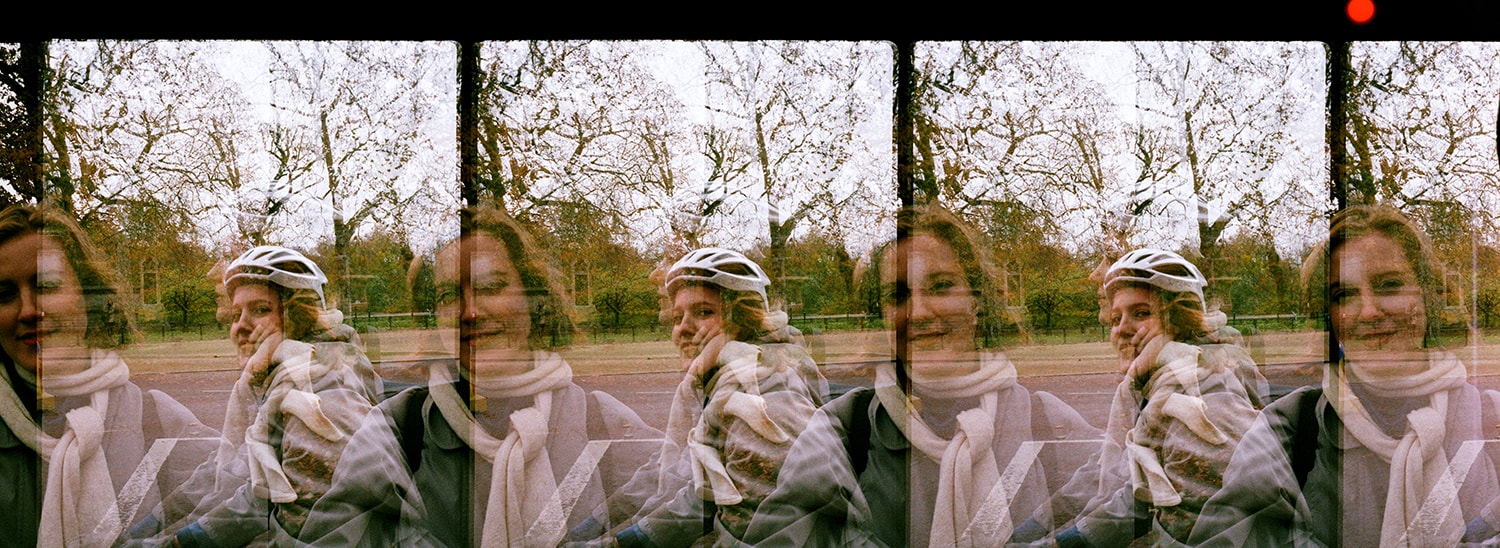Research project at The Bartlett School of Architecture, UCL
First and second supervisorProfessor: Nat Chard, Professor Yeoryia Manolopoulou
There is increasing interest to use site-specific movement performances as a way to inform architectural design and education. Rooted in my work as a performance maker, which enacts the ways the built environment grows beyond the control of the designer, this practice-based research aims to advance the relationship between site-specific movement performances and the architectural design process. It seeks to do this by turning construction sites into public performance spaces, incorporating task-making as a choreographic tool, in response to issues of waste and sustainability.
Conventionally, an intentional approach dominates the architectural design process, opposed to an attentional approach. This project argues that an intentional approach reduces the scope of design opportunities available, and eliminates those with latent and hidden value. Movement performance has the potential to change the designer’s emphasis from an intentional concept to an attentional practice by moving into specific situations and places. A richer and multifaceted architectural design can then evolve from the ability, in gesture and movements, to respond sensitively with the surrounding environment. Furthermore, movement performances can augment the designer’s ability to communicate ideas to a range of stakeholders, thereby offering new opportunities on how we finance building projects.
Construction sites, with their access to materials, offer a pragmatic solution for an artist on a budget. Performing on these sites, however, also raises attention to material flow, construction waste and the circular economy. (Whether this is disposable, supporting structures during construction, or the recycling of materials once a structure has depreciated.) By drawing attention to connections normally hidden in the construction phase, with the introduction of choreographed task-making, site-specific movement performance can help stimulate the early ideas that conceive a building project, just as they can predict unforeseen results of the completed structure.
Biography
I am an architect UK/ARB and a MA Performance Maker born in Denmark. Since 2011 I have studied and worked in London. I have started my own artistic project, P-Arc Agency where I work in the meeting between performance and architecture.
I graduated with a MA in architecture at The Royal Danish Academy of Arts, School of Architecture in Copenhagen in 2011 and in 2015 I finished an additional MA in Performance Making at Goldsmiths College, University of London. After my studies at Goldsmiths, I began to plan a research project based on my hybrid profile under the supervision of Professor Nat Chard and Yeoryia Manolopoulou at The Bartlett school of Architecture, UCL.
My artistic practice as well as research investigates how performance making can expand the toolbox of the architect and the field of collaborators involved.
In 2012 I developed the dance performance Casting Traces together with the dance collective New Movement Collective and with support from late Will Alsop, which received 5 stars in Observer and got Arts Council Lottery Funding.
In my performance practice, I function as director and dancer, collaborating with architects, engineers, contractors, developers and filmmakers. My work has developed the notion of task-making as a choreographic tool, which can be seen in my performances Tidal Gardener (2015), Attendants (2016), Attending Spaces (2017), 124 Umbrellas (Wonderfruit Festival 2018) A Walk Through Maggie’s (Maggie’s Centre construction site, Sutton, 2019) and 2500 Bricks (Wonderfruit Festival 2019).
Next to my performance projects I worked for Foster + Partners from 2014 - 2016 on various projects before joining Ab Rogers Design in 2016 - 2020, where I worked across cultural and commercial projects, with a particular interest in how interior interventions could stimulate uses of space.
I have in all my professional practice work found ways of creating time and space for my own practice. This I have done by tapping into the building projects I was working on in the offices through either performing on the construction sites and engaging the building site workers and passers by or by doing art films that would document the architectural processes that are normally hidden from a wider audience. These processes could potentially prove valuable both for the internal and external stakeholders to get new insights in the processes and as more-value for the projects.
Link to profile at UCL
